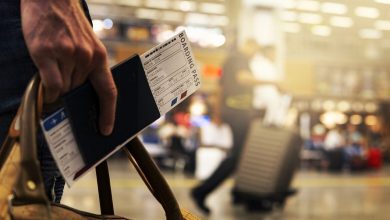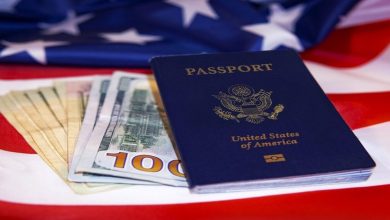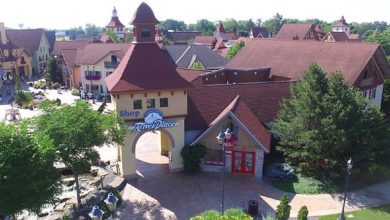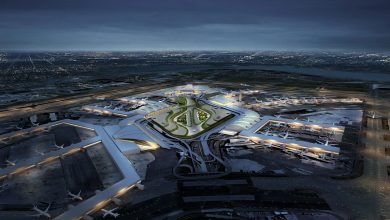Arab and Muslim Americans on the Move: A Look at Internal Tourism Patterns Across the U.S.
How Arab and Muslim Americans Engage in Domestic Travel and Tourism Within the U.S., Balancing Faith, Culture, and Recreation.
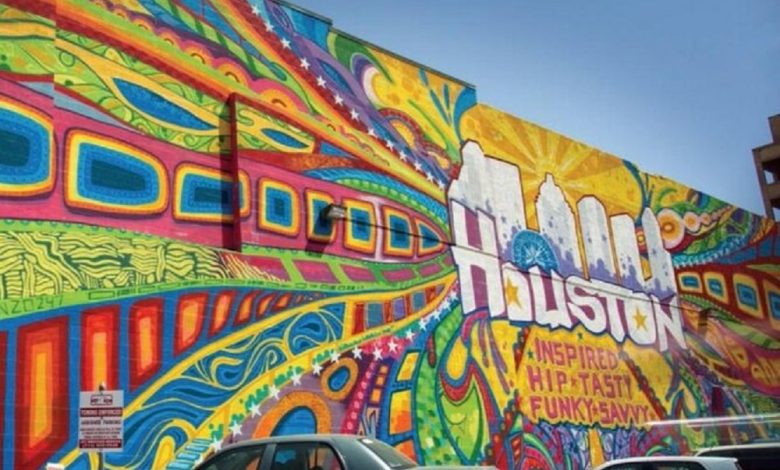
Internal tourism—travel within one’s own country—is an important aspect of leisure and cultural connection for Arab and Muslim Americans. While international travel often captures attention, domestic tourism within the United States reflects unique cultural, religious, and social dynamics that shape where and how Arab and Muslim communities explore their country.
Key Patterns and Destinations
Popular Destinations for Leisure and Cultural Experience
Arabs and Muslims in the U.S. frequently visit major urban centers known for their cultural diversity and amenities that cater to their needs. Cities like New York City, Chicago, Los Angeles, and Dearborn (Michigan) are favorites due to the availability of halal restaurants, mosques, and cultural events.
Family-Oriented Travel and Community Visits
Domestic tourism often centers around visiting family members, especially for first- and second-generation immigrants. Arab and Muslim families tend to travel to maintain close familial ties across different states, reinforcing community bonds.

Religious Tourism and Pilgrimage Within the U.S.
While Hajj and Umrah involve international travel to Saudi Arabia, many Muslims in the U.S. engage in domestic religious tourism. This includes visits to prominent mosques and Islamic centers during significant holidays like Ramadan and Eid. Cities with large Muslim populations, such as Dearborn (MI), Houston (TX), and Jersey City (NJ), often host major religious and cultural events attracting visitors from across the country.
Nature and Recreation Spots
Arab and Muslim tourists in the U.S. also enjoy national parks, beaches, and family-friendly resorts. Destinations like Yellowstone National Park, Florida’s Gulf Coast, and California’s coastal areas are popular for weekend trips and summer vacations, offering opportunities for outdoor activities that accommodate families and group travel.
Halal Tourism Growth
The awareness of halal-friendly travel options has grown among Arab and Muslim Americans, leading to increased demand for hotels, restaurants, and attractions that observe Islamic dietary laws and cultural sensitivities. This niche market is influencing tourism businesses in many U.S. cities.

Factors Influencing Internal Tourism
-
Religious Observance: Muslims often plan travel around religious calendars, preferring destinations that can accommodate prayer times and halal food availability.
-
Cultural Comfort: Places with established Arab and Muslim communities tend to be preferred, providing cultural familiarity and social support.
-
Economic Considerations: Many Arab and Muslim families prioritize affordable travel options within the U.S., often opting for road trips or nearby destinations to reduce costs.
-
Second-Generation Preferences: Younger Arab Americans often combine leisure travel with cultural exploration or educational trips, seeking to connect with their heritage while enjoying modern amenities.
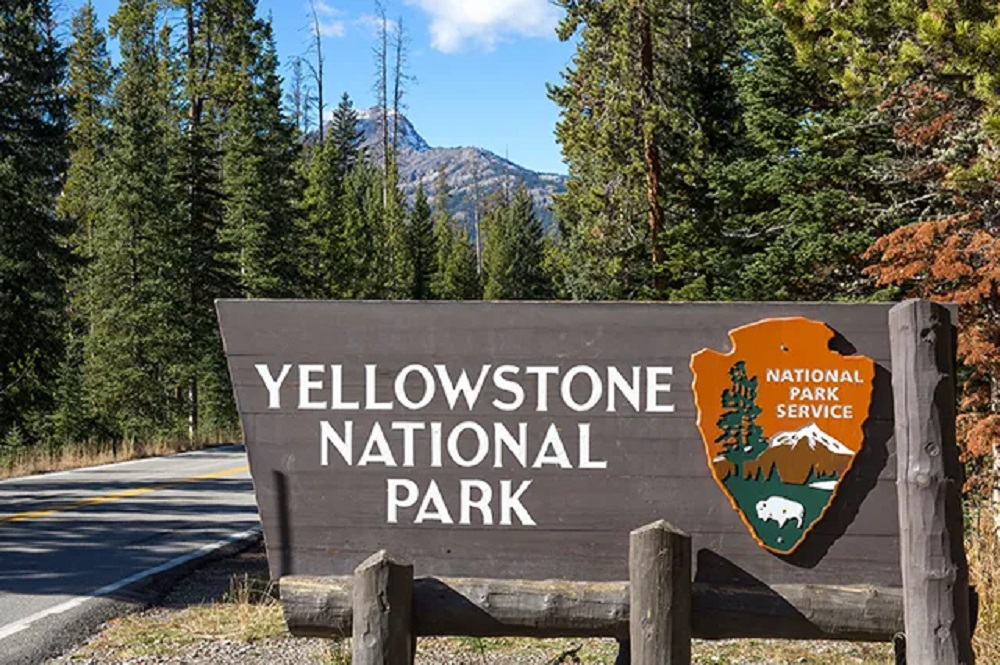
Confirming Data and Studies
While comprehensive data on internal tourism specific to Arabs and Muslims in the U.S. is limited, surveys by organizations such as the Pew Research Center and studies by tourism boards in cities like Detroit and Houston confirm a growing trend of domestic travel within these communities. Anecdotal evidence from community organizations, Islamic centers, and travel businesses also highlights increased participation in internal tourism events and family visits.
Internal tourism among Arabs and Muslims in the United States reflects a balance between leisure, cultural identity, and religious observance. Whether visiting family, exploring national landmarks, or attending religious gatherings, these travel patterns contribute to strengthening community ties and enriching the American Muslim and Arab experience.
